This article will answer the question of the best foods to eat when your gallbladder is acting up. However, before we get into gallbladder-friendly foods, let’s learn more about this all-important organ that plays a crucial role in fat digestion.
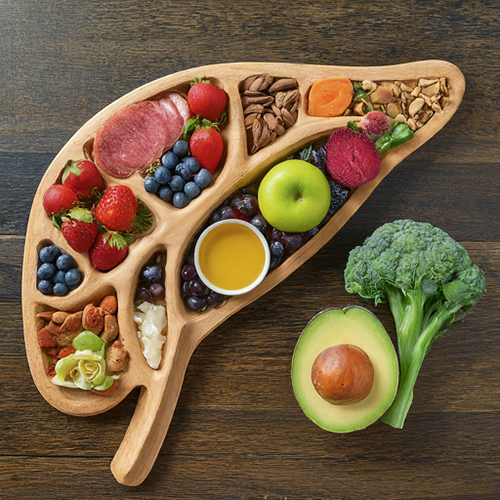
The gallbladder is a sac attached to the underside of the liver. It is designed for storing, concentrating, and releasing bile formed by the liver. While the liver manufactures up to 1000 milliliters of bile daily, the gallbladder has a capacity of only 60 milliliters. The mucosa lining the gallbladder actively absorbs water, salt, and other minerals.
In this way, the bile from the liver is shunted into the gallbladder and is concentrated five to fifteenfold, thus enabling the gallbladder to store the bile, which is secreted over twelve hours. When the partially digested food leaves the stomach, the gallbladder is triggered to release the concentrated bile into the duodenum.
The bile (bile salts and bile acids) then emulsifies the fat, facilitating digestion and aiding in absorbing fatty acids, cholesterol, and other fatlike substances.
Gallbladder-Friendly Foods
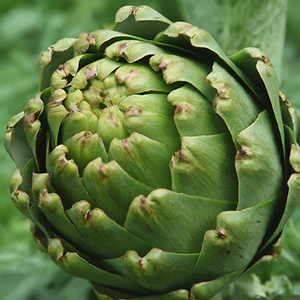
ARTICHOKES contain cynarin, which facilitates the emptying of the gallbladder but with less intensity than its choleretic effect. Consequently, it is appropriate in cases of biliary dyspepsia provoked by gallstones or other gallbladder dysfunction. The bitter taste in the mouth and slow digestion associated with high-fat foods improve considerably after an artichoke treatment (eating one-half kilo of artichokes daily for 3 to 4 days).
CARDOON is beneficial for liver patients and diabetics. Thanks to cynarin, it is among the best gallbladder-friendly foods. The non-nutritive substance significantly affects the liver: it increases bile secretion, decongests the liver, and facilitates detoxification. Since bile is more fluid, the gallbladder empties more efficiently, lowering the risk of calculus formation.
CATALOGNA is cultivated in Mediterranean countries, particularly Italy. Its dark green leaves are similar to dandelion. It is bitter and rich in provitamin A, making it an excellent addition to a gallbladder-healthy diet.
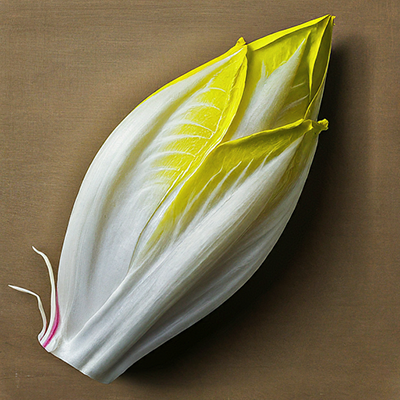
The BELGIAN ENDIVE eases digestion for gallbladder patients due to the presence of calculi or disruption of its proper drainage. The beneficial action of the bitter substances in the Belgian endive, together with its virtual lack of fat, makes it very easy to digest, which makes it one of the best foods to eat with gallstones.
The ESCAROLE also contains a bitter substance that stimulates the digestive organs and facilitates gallbladder drainage. In addition to being choleretic and cholagogic, it is alkalizing and mildly diuretic. It is usually eaten in salad and is particularly useful in gallbladder disorders and obesity.
CHINESE ARTICHOKE, native to Japan and China and recently cultivated in Europe, produces tubers rich in minerals and trace elements, particularly phosphorous and silicon. They’re on the gallbladder-friendly foods list because they’re among the many bile-healthy foods. They are eaten boiled or roasted.
RADISHES promote bile production, making them an excellent addition to the list of foods to eat with gallbladder issues. All radish varieties contain sulfurated essence, giving them a sharp, piquant taste. They are also attributed to choleretic (increases bile production), cholagogic (facilitates gallbladder drainage), digestive, antibiotic, and mucolytic (softens mucus) properties.
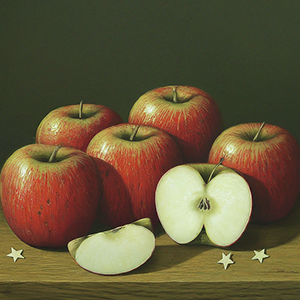
APPLES are also on the list of gallbladder-friendly foods thanks to their positive effect on gallstones. Studies conducted at the University of Toulouse (France) with laboratory animals show that apples have a choleretic effect (increases bile production in the liver), which decongests the liver. They also reduce the bile’s lithogenic index, which measures the tendency to form biliary calculi.
It is reasonable to recommend apples to patients at high risk of cholelithiasis (particularly women between 40 and 50 years old with more than two children) or those who have undergone surgery, making it a great addition to a gallbladder diet after surgery. Apples make the bile more fluid and prevent calculi formation, although they do not affect those already formed.
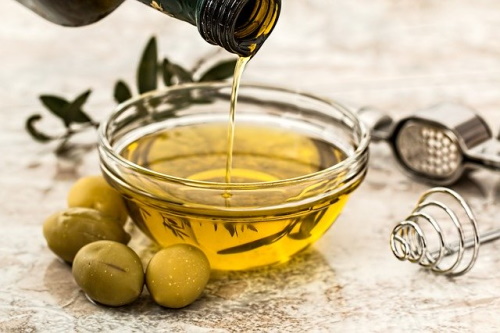
OLIVES and olive oil act as a cholagogue, facilitating the emptying of the gallbladder. They are helpful in the case of biliary dyskinesia (a disorder that interferes with gallbladder drainage) and biliary dyspepsia (indigestion caused by disturbances in the gallbladder drainage). In cases of gallstones, they may be used, but carefully.
PAPAYA is on the list of gallbladder-friendly foods because it affects all digestive processes and is very low in fat. Papaya is beneficial for those with biliary dyspepsia and chronic pancreatitis.
DISCLAIMER: All content on this website is presented solely for educational and informational objectives. Do not rely on the information provided as a replacement for advice, diagnosis, or treatment from a qualified medical expert. If you are pregnant, nursing, or have any preexisting medical concerns, talk to your doctor before using any herbal or natural medicines.
REFERENCES
- George D. Pamplona-Roger, M.D. “Encyclopedia of Foods and Their Healing Power.” George D. Pamplona-Roger, M.D. Encyclopedia of Foods and Their Healing Power. Trans. Annette Melgosa. Vol. 2. Chai Wan: Editorial Safeliz, 2005. 177, 168, 179, 180, 176, 181, 231, 232, 167, 158.
- https://www.webmd.com/digestive-disorders/features/gallbladder-diet-foods-for-gallbadder-problems
- https://www.healthline.com/health/gallbladder-diet
- https://www.medicalnewstoday.com/articles/317196
Last update on 2025-06-05 / Affiliate links / Images from Amazon Product Advertising API





